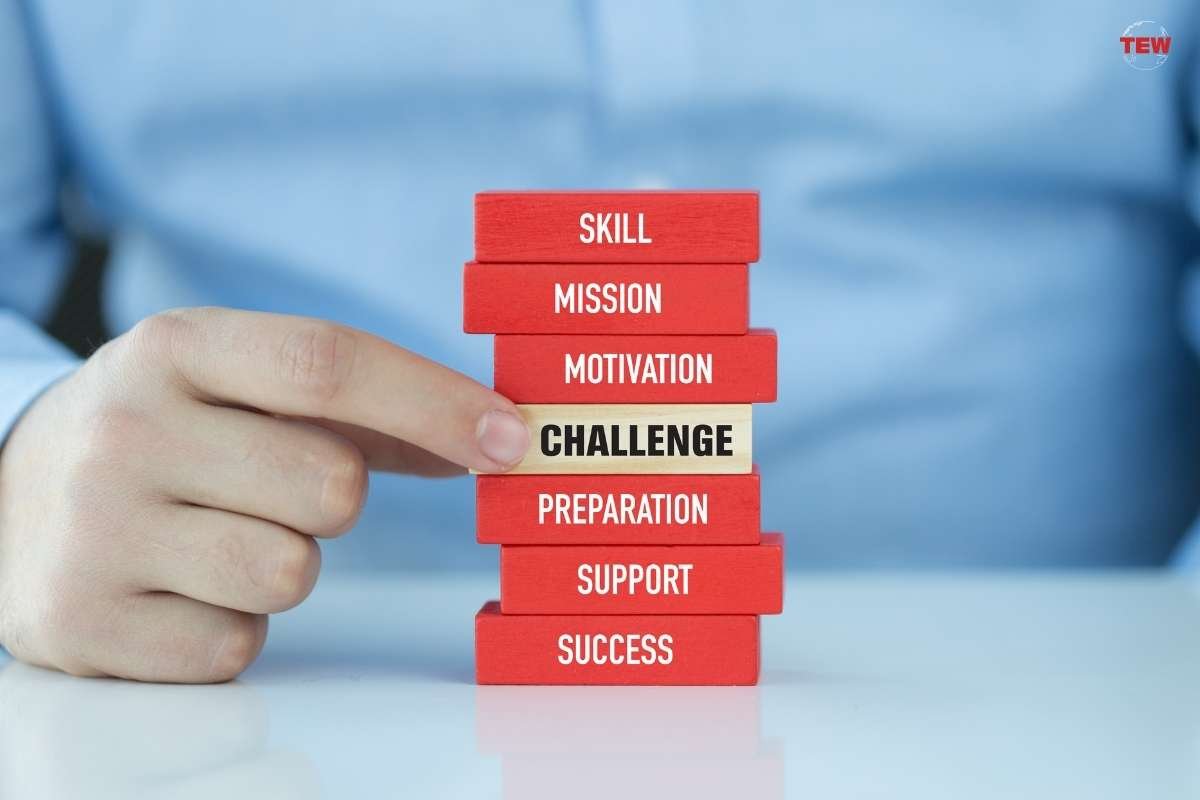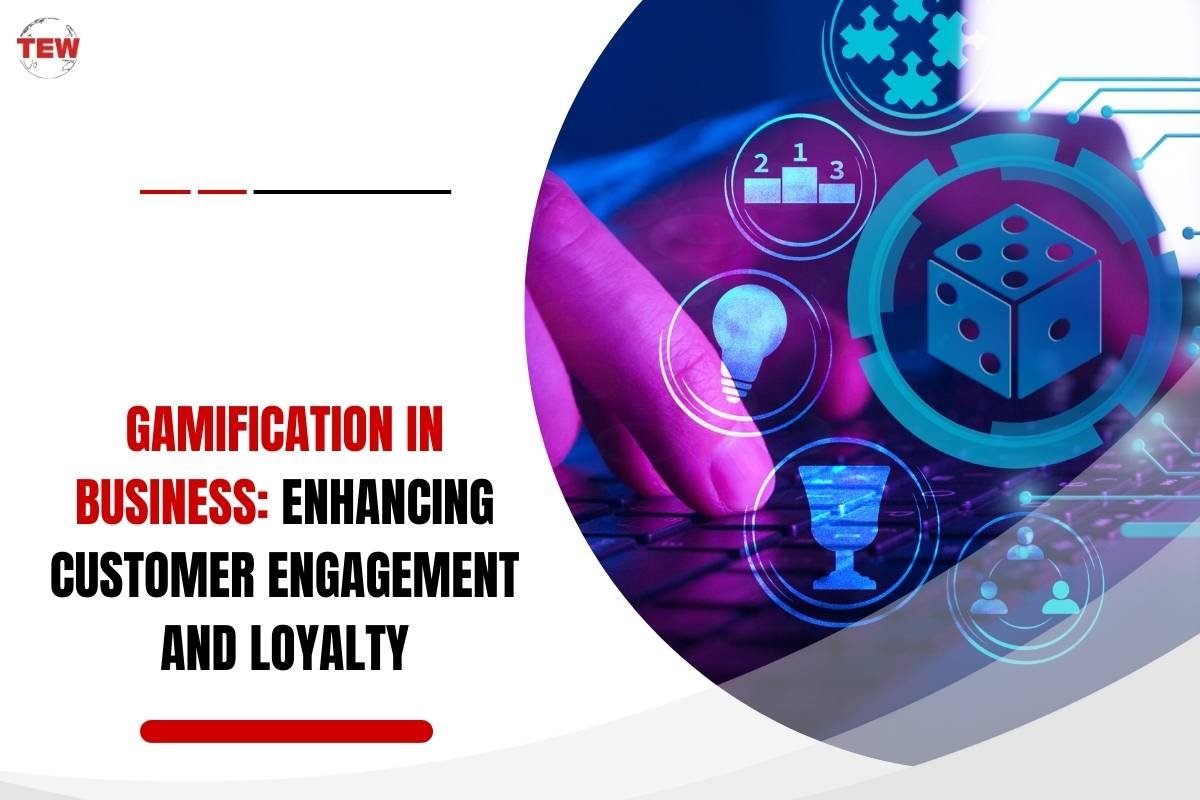In the current business world, where differentiation and customer engagement are vital, gamification in business is a creative answer to this matter. This novel approach combines game mechanics with non-game environments, thus enhancing user experience and enabling a deeper brand interaction. The traditional marketing approaches are more transaction-based, while gamification moves the customers into more interactive and fun areas.
This approach has components similar to the bonuses of gaming platforms, like the Rizk bonus for players, for instance. These gaming platforms are quite attractive as they provide appealing content and rewards that lead to sustained engagement. Applying the same strategy, companies are seeking to elevate worker satisfaction and foster customer loyalty that will, in essence, raise the brand in the competitive market.
Unveiling Gamification in Businesses
Gamification in business is not only fun, but it involves game dynamics like points scoring, competitive leaderboards, and achievement badges. The goal is to add value to user experience by turning daily interactions and activities into pleasurable ones. The essence of this concept is not in gamifying business processes, but in improving involvement with well-arranged rewards and recognitions. The principle of gamification is rooted in basic human psychology, where the need to win and compete is what motivates activities.

For example, Starbucks’s famous rewards program involves points (stars) and tiered rewards that results in the customers making more purchases and becoming more loyal. These simple game components have made Starbucks customers more active, and have created a sense of community among them. In the same manner, Duolingo, a language learning platform, employs points, daily challenges, and leaderboards to keep people motivated regarding completing their tasks.
Implementing Gamification
Incorporation of gamification into the activities of an organization is a project that requires a lot of strategic thinking and an in-depth knowledge of the target audience. The initial step is to define specific goals of gamification, for example, improving customer engagement, creating brand loyalty, or increasing sales.
Personalization is a critical aspect of the gamification in business strategy that personalizes the experience based on the specific requirements and desires of the target market. It is worth noting that the characteristics that one target group adores do not necessarily have to be adored by the other. For example, gamified components that are attractive to people in their 20s, such as social media challenges or badges for environmental sustainability efforts, may not be popular among the elderly.
For example, Nike’s Run Club app is an excellent illustration of such customization since it incorporates challenges, goal settings, and social sharing functions to cater to runners of all ages and fitness levels. The variety of app users that it includes makes it clear that it is important to know how the specific needs and preferences of each type of audience should be met.
Challenges and Considerations

Design complexity is a major obstacle to successful implementation of gamification in business. There is a necessity to balance the level of interest of the gamification system and its complexity. The moral dimension of gamification is also a relevant factor. The line between entertaining the users and exploiting their engagement may be very narrow. The gamification techniques, which drive users to obsessive behavior or force them to make financial obligations, may lead to an exposure of a brand and lack of trust.
Writer: Kevin
Proofreader: Ben






